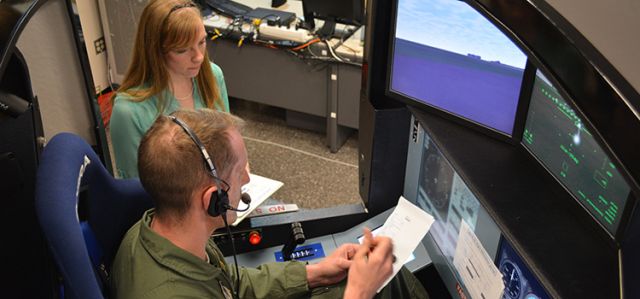Document Type
Article
Publication Date
2-2023
Publication Source
Renewable & Sustainable Energy Reviews
Abstract
The industrial sector consumes about one-third of global energy, making them a frequent target for energy use reduction. Variation in energy usage is observed with weather conditions, as space conditioning needs to change seasonally, and with production, energy-using equipment is directly tied to production rate. Previous models were based on engineering analyses of equipment and relied on site-specific details. Others consisted of single -variable regressors that did not capture all contributions to energy consumption. New modeling techniques could be applied to rectify these weaknesses. Applying data from 45 different manufacturing plants obtained from industrial energy audits, a supervised machine-learning model is developed to create a general predictor for industrial building energy consumption. The model uses features of air enthalpy, solar radiation, and wind speed to predict weather-dependency; motor, steam, and compressed air system parameters to capture support equipment contributions; and operating schedule, production rate, number of employees, and floor area to determine production-dependency. Results showed that a model that used a linear regressor over a transformed feature space could outperform a support vector machine and utilize features more representative of physical systems. Using informed parameters to build a reliable predictor will more accurately characterize a manufacturing facility's energy savings opportunities.
ISBN/ISSN
1364-0321
Document Version
Published Version
Publisher
Pergamon-Elsevier Science Ltd
Volume
172
Peer Reviewed
yes
eCommons Citation
Kapp, Sean; Choi, Jun-Ki; and Hong, Taehoon, "Predicting industrial building energy consumption with statistical and machine-learning models informed by physical system parameters" (2023). Mechanical and Aerospace Engineering Faculty Publications. 254.
https://ecommons.udayton.edu/mee_fac_pub/254




Comments
This open-access article is provided for download in compliance with the publisher’s policy on self-archiving. To view the version of record, use the DOI: https://doi.org/10.1016/j.rser.2022.113045